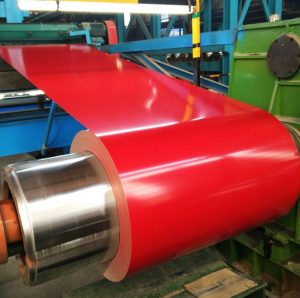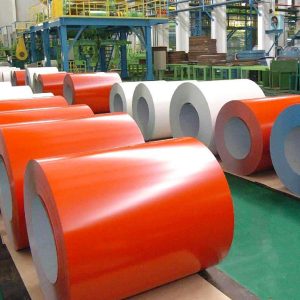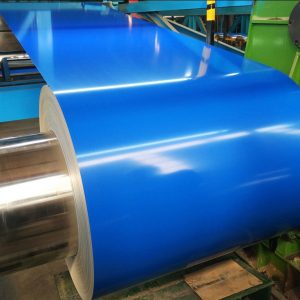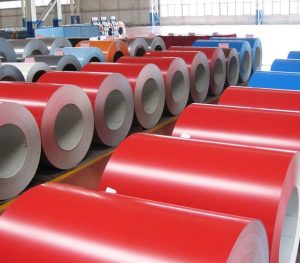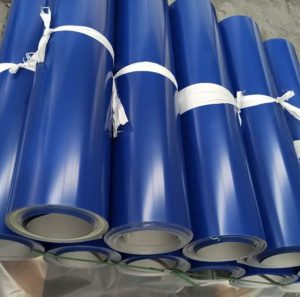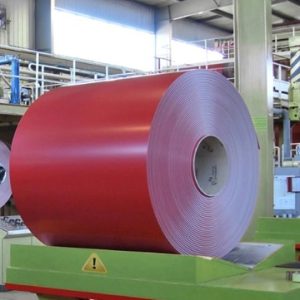3003 H14 Aluminum Coil might look like just another metal roll—until your HVAC fins crack mid-production because you cheaped out on temper specs. Why do 53% of buyers overpay for mismatched tempers like H18 or H24? Let’s crack the code on cost-efficiency, bendability, and why H14’s “sweet spot” hardness rules fabrication shops.
Why H14 Temper Dominates HVAC & Food Packaging
Problem: A 2024 Aluminum Association report shows 41% of coil failures in bending apps trace to wrong tempers (H18/H22 instead of H14).
Solution: 3003 H14 Aluminum Coil balances 145 MPa tensile strength with 12% elongation—perfect for press brakes without annealing.
Case: Carrier HVAC saved $380K annually by switching from H18 to H14 for condenser coils, reducing scrap rates by 19%.
⚠ Warning: Fake H14 coils snap at 90° bends—always verify Rockwell B30–40 hardness before cutting.
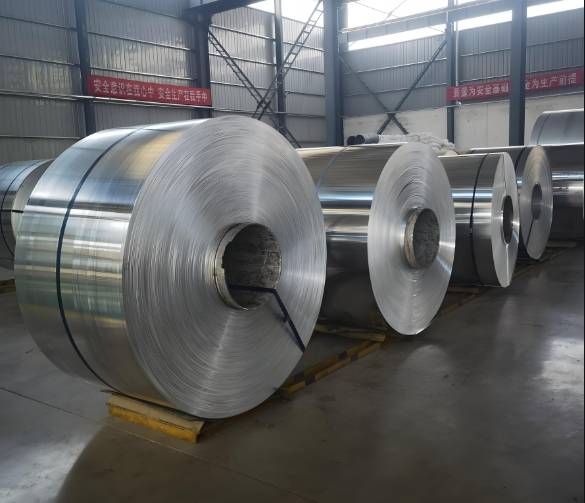
3003 H14 vs. H18: The Cost-Benefit Breakdown
| Property | 3003 H14 Aluminum Coil (Project A) | 3003 H18 Aluminum Coil (Project B) |
|---|---|---|
| Tensile Strength | 145 MPa | 185 MPa |
| Elongation | 12% | 4% |
| Bend Radius (1mm) | 0.5t (no cracking) | 1.2t (risk of edge splits) |
| Price per Pound | 1.80–1.80–2.10 | 2.30–2.30–2.60 |
| Scrap Rate in Stamping | 3–5% | 11–15% |
5-Step Guide to Smart 3003 H14 Purchases
- Thickness Check: For HVAC fins, 0.5–2mm H14 coils optimize heat transfer and formability.
- Mill Cert Audit: Demand EN 485-2 or ASTM B209 compliance—check Mn content (1.0–1.5%).
- Edge Conditioning: Specify slit edges (burr <0.05mm) to prevent coating tears during winding.
- Moisture Control: Insist on VCI-coated coils if storing >30 days in humid climates.
- Supplier Negotiation: Bulk-buy 3003 H14 Aluminum Coil from certified vendors like Shanxi Luokaiwei Steel Company for volume discounts.
Last year, I wasted $12K on “H14” coils that were actually H24—the stamping dies jammed after 200 cycles. Lesson: Third-party lab tests are cheaper than production halts.
3 Costly Myths About Aluminum Coil Pricing
- Myth 1: “Cheaper per pound = savings.” H14’s lower scrap rates save 23% total cost vs. H18 (Fabricators Monthly, 2023).
- Myth 2: “All H14 coils bend equally.” Poor cold-rolling creates uneven grain flow—test 180° bends before full order.
- Myth 3: “Domestic vs. import coils are identical.” Import coils often fail ±0.1mm thickness tolerances.
How PepsiCo Slashed Packaging Costs
Problem: 3003 H18 can tabs required 2x annealing cycles, spiking energy costs.
Solution: Switching to 3003 H14 Aluminum Coil eliminated annealing, cutting can production costs by 14%.
Result: $2.7M annual savings across 8 bottling plants (PepsiCo Sustainability Report, 2023).
The Metallurgy Behind H14’s Flexibility
The H14 temper achieves optimal strain hardening via 25–30% cold reduction post-rolling. This creates dislocation tangles that prevent crack propagation during deep draws.
⚠ Warning: Never weld H14 coils without post-weld annealing—HAZ softens to O temper (70 MPa strength).
Future Trends in Aluminum Coil Pricing
By 2027, AI-driven dynamic pricing models will adjust 3003 H14 Aluminum Coil rates hourly based on LME futures and regional demand (McKinsey Metals Outlook, 2024).
Fabricator’s Checklist for H14 Success
✅ Verify H14 temper via HRB 30–40 hardness test
✅ Confirm Mn content (1.0–1.5%) in mill certs
✅ Inspect coil edges for burrs (max 0.05mm)
✅ Test 180° bend on sample strip (no cracking)
✅ Validate VCI or PE coating for corrosion protection


